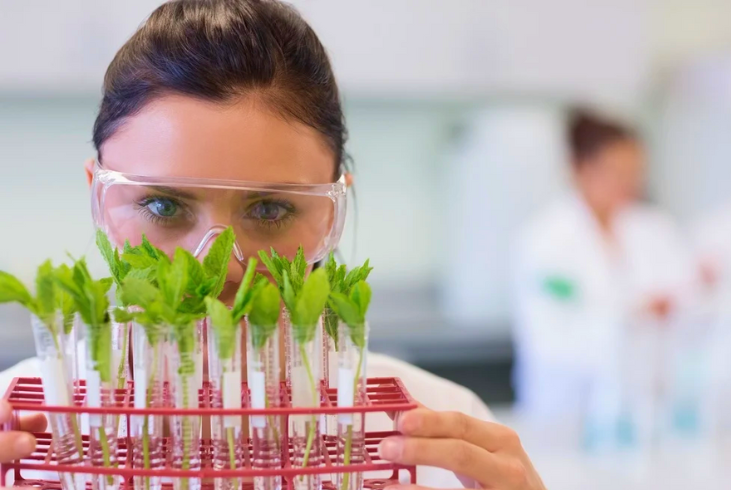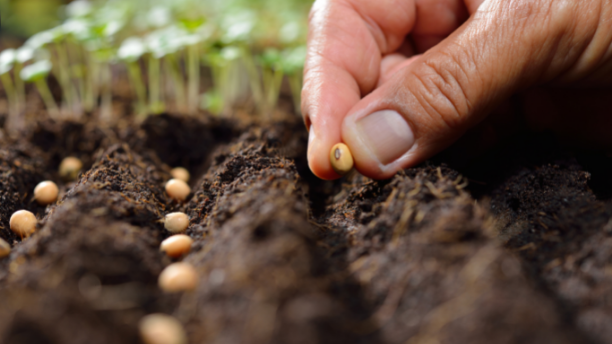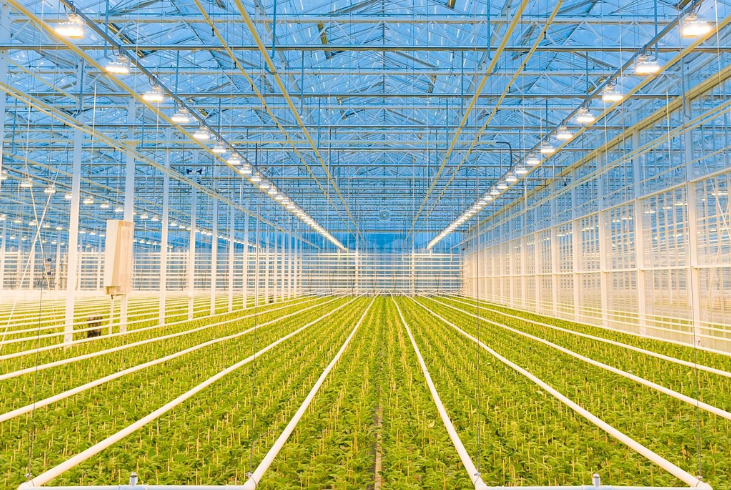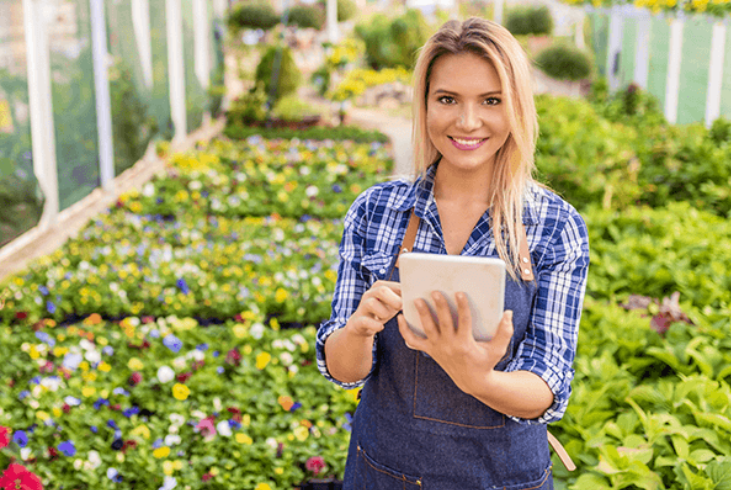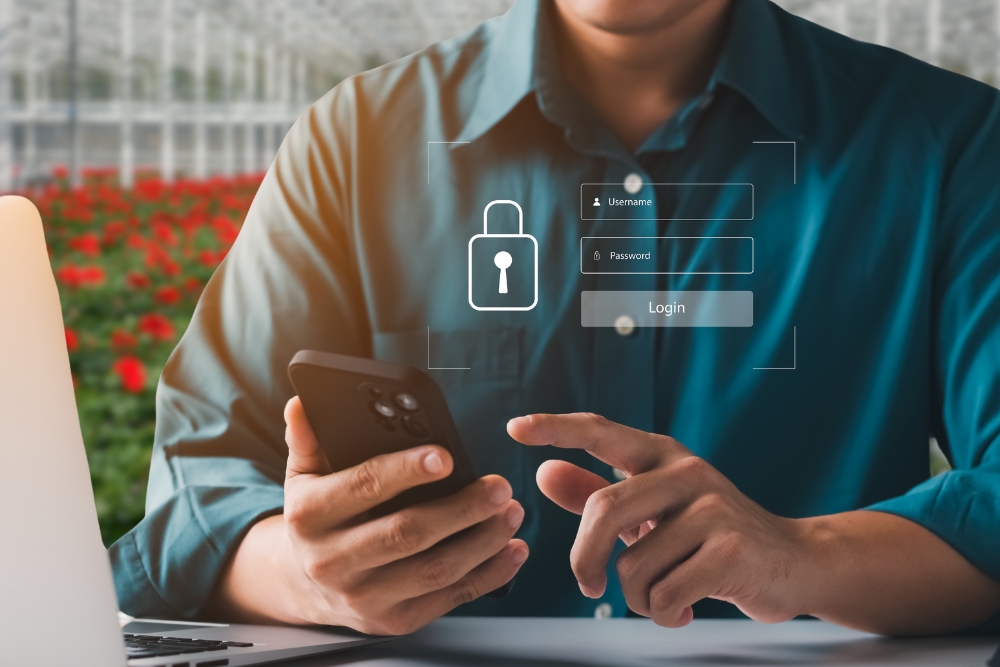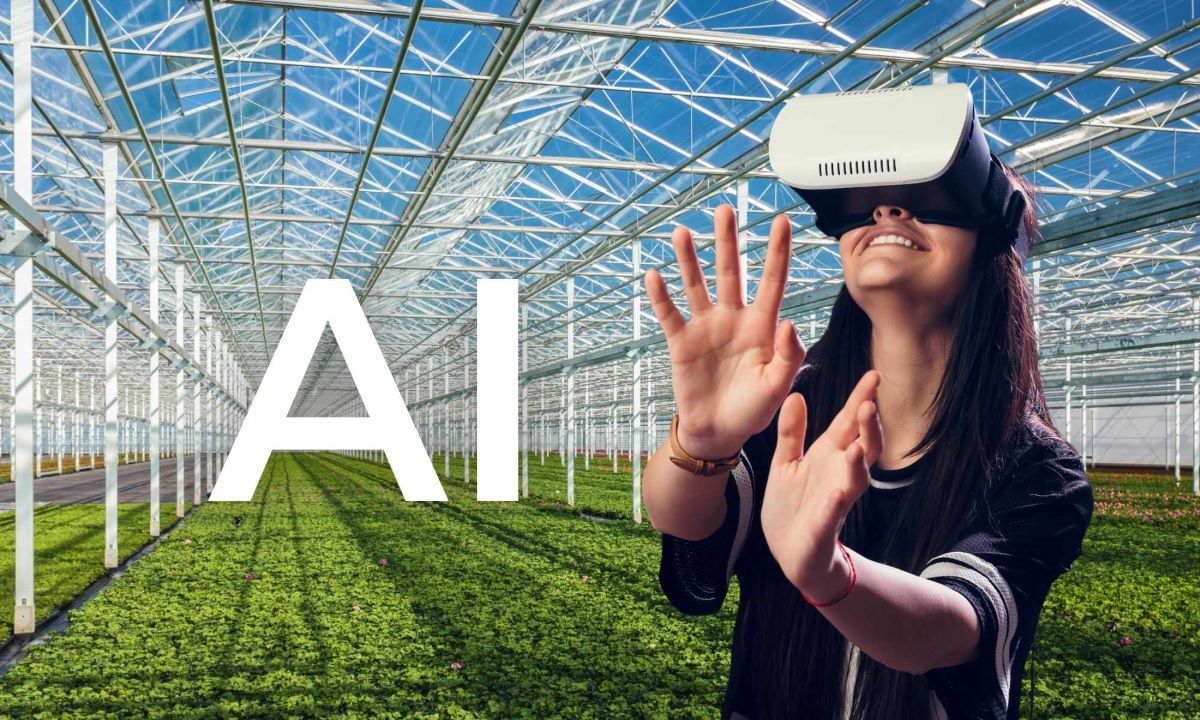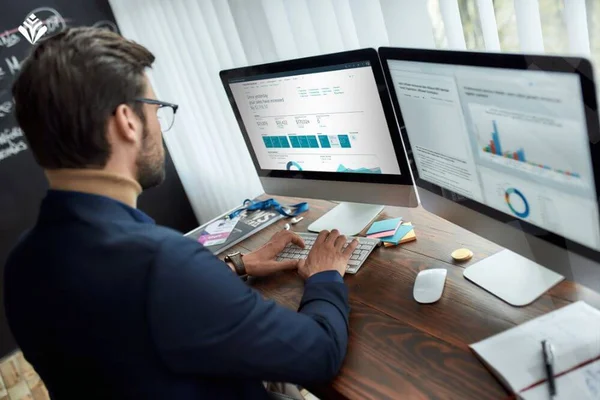Augmented Reality in horticulture: green glasses instead of green fingers
.png?width=72&name=Cor%20Verdouw%2c%20Innovation%20manager%20Mprise%20(1).png)
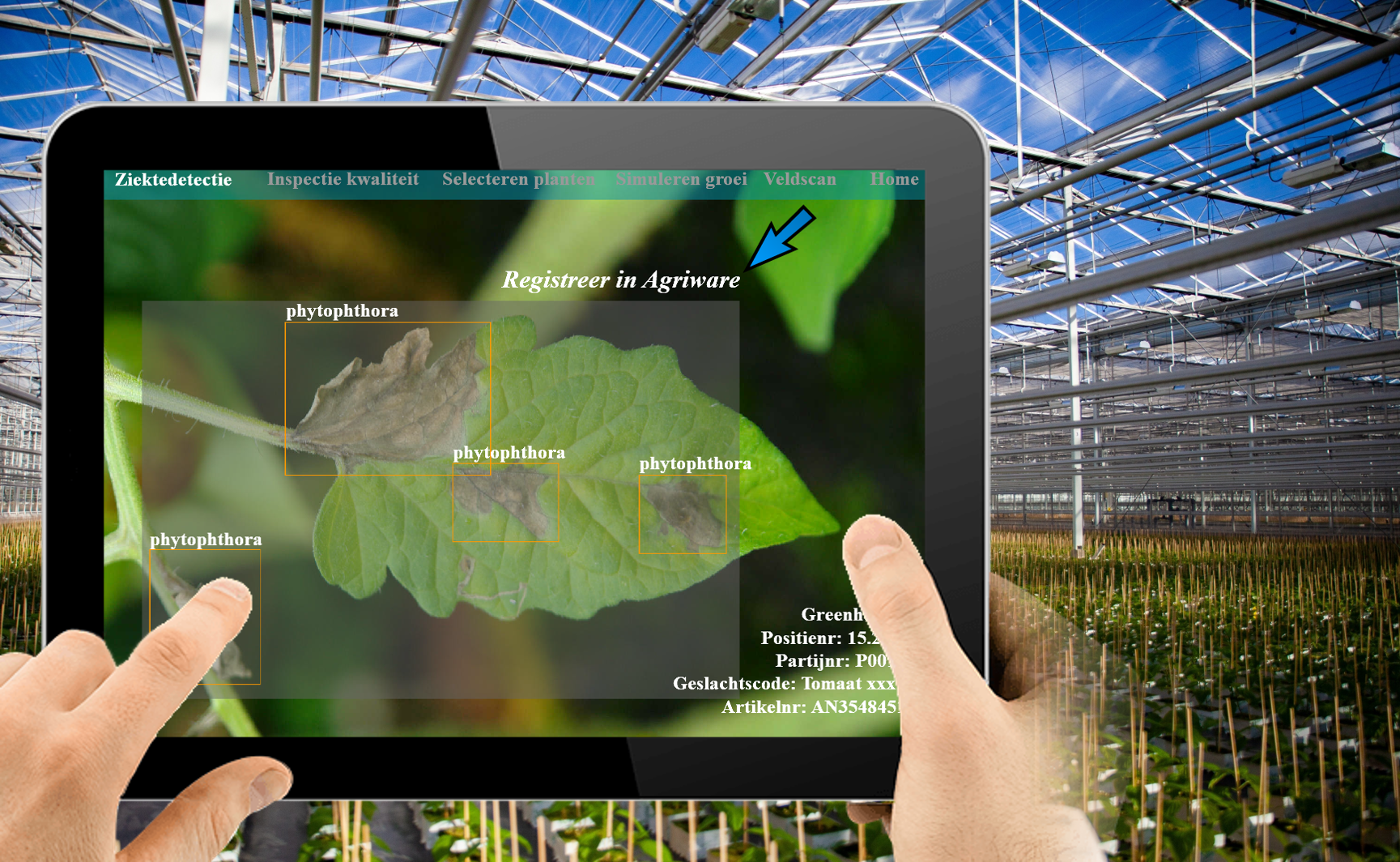
Labor is one of the biggest challenges in horticulture. More than 25% of all costs of many horticultural companies is labor-based. Temporary staff is widely made use of, and personnel with horticultural expertise is becoming increasingly difficult to find. Robotization, therefore, is often viewed as a promising solution.
However, robotizing relatively more complex tasks is difficult, and requires a long timespan. Developments are racing forward at warp speed, but people do remain indispensable for the time being. With the help of Augmented Reality (AR), the people involved do not necessarily need to be experienced and with green fingers….
I think this is one of the most significant benefits of AR. I will take a closer look at the opportunities in horticulture.
AR makes horticulture smarter and more efficient
Augmented Reality (AR) is a live image of reality to which digital information is added in a, for instance, smartphone, tablet or smart glasses (vide the previous blog). AR offers immense opportunities to make horticulture even smarter and more efficient. I especially like the fact that this technology puts the users’ experience at the center. This can truly bring the interaction between people and technology to a higher level.
The potential applications for this in horticulture are countless. Here are a few examples for inspiration:
1. Making the invisible visible
AR can visualize data, on exact locations or even specific plants, fed from sensors, machines and business software. Whether in a greenhouse or the field regardless, for example, climate, soil moisture, crop growth or the historical disease stress, can all be made visible. You can then use that information to treat plants on an explicit site basis, for instance by spraying or fertilizing very precisely. Inspections can also be risk-based, for example related to places with deviating air humidity or temperature.
The (fictional) AR image below illustrates how it could work.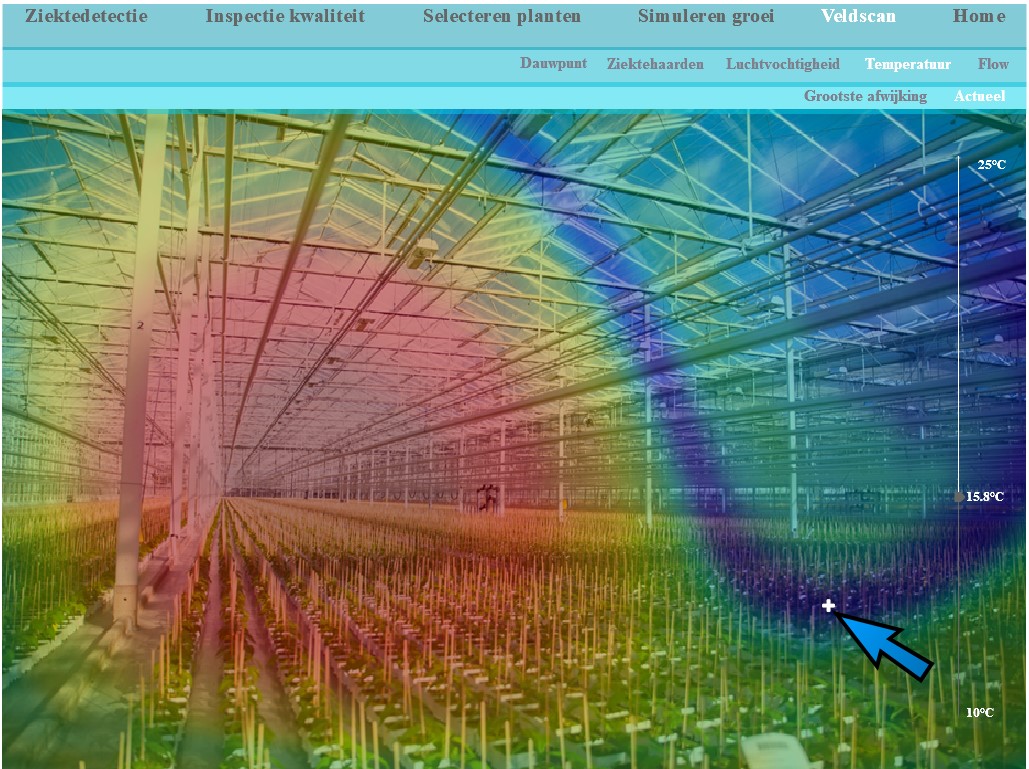
Fictional AR image by Marno Groenhof and Joury Mariman, Minor Smart Industry, Hogeschool Arnhem Nijmegen
2. Working guided and hands-free
AR makes it possible to automate specific horticultural knowledge and then guide employees step by step in their work. For example, you could project the layout onto a CC trolley or display the optimal route for picking an order. Hands-free inspections can also be carried out, where an AR app indicates the plants to be inspected, and presents the specific batch data and inspection criteria. The employee can then use voice recognition to fill in the missing information and add photos. An excellent example of this is this quality inspection of asparagus with smart AR glasses.
3. Adding intelligence
By adding Machine Learning the image can be automatically analyzed, that allows the AR app, for example, to recognize diseases, assess maturity, and to sort quality. Thus, seasonal employees can carry out work that requires employees with horticultural expertise now: sorting plants for a specific order, for instance or scouting plant diseases. Like in this app from PlantVillage, and Google for growing cassava in Africa.
4. Anticipating by simulating
If you link AR to crop growth models you can show the expected growths, with different lighting or climate conditions, for example. With smart quality algorithms you could also simulate the shelf life at different temperatures. This enables proactive cultivation and quality management. It is also ideal for training purposes.
5. Place plants in a different environment
With AR you can measure the dimensions of a greenhouse or plot to improve space planning. A completely different application of this capability is the virtual design of a living room, office or garden, taking into account the optimum conditions of plants.
6. Let an expert or clients look over your shoulder
A promising application of AR is to let people watch along real-time via internet, for cultivation advice for example. The expert then sees the same image as the employee in the greenhouse or the field, and can thus give precise instructions. AR also offers opportunities to involve customers and consumers much earlier in the chain, say, by asking for feedback on new varieties in AR Experience Centers or by gaining better insight into consumer behavior with AR apps.
7. Remote control for your nursery
AR can be linked, for instance, to cultivation systems for climate, irrigation, ventilation or lighting. In this manner, you can use AR not only to improve observation to isolate a problem, but also to rectify it immediately. In this test set-up, AR can be used, for example, to control the LED lighting.
And I could go on and on…
AR never comes alone…
The power of many AR applications lies in the consolidation of different technologies such as, automated image analysis with Machine Learning, integration of data from various sources, and mobile apps. AR mainly adds visual user interaction with the real-life environment. The other components must of course be present. For example, an AR application for recognizing specific plant diseases depends highly on reliable Machine Learning algorithms. Besides, for many AR applications, integration with nursery automation and ERP is crucial.
The future will be here faster than you think
AR sometimes seems futuristic, and various applications are still in an experimental phase. For example, many 3D glasses are still too bulky and too expensive, which is a barrier to large scale use. However, that threshold is much lower for smartphone and tablet applications. There you can score a lot of quick wins right away, that can bring many benefits in the short term. I hope this blog inspires you to discover which solutions could be valuable for your company. We are happy to help you explore this further!

